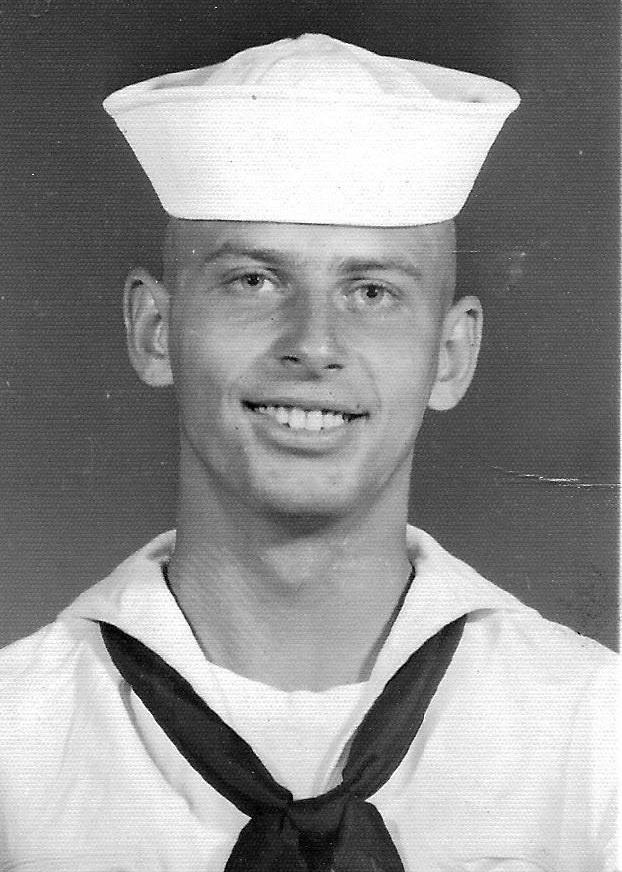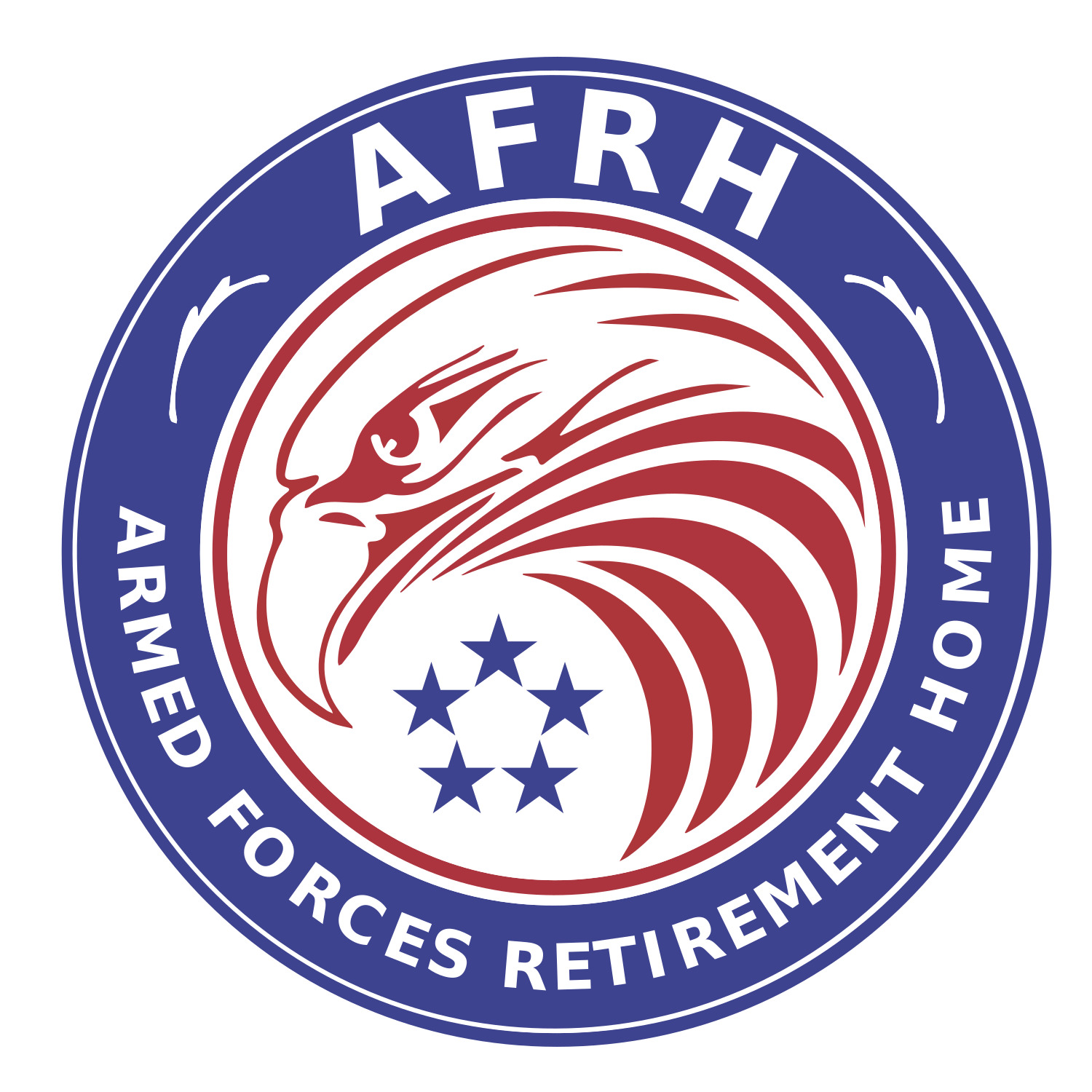
The military life of Henry Phillip Sharum, Jr.
Story & Photos by Dan Ellis | Resident
Henry Phillip Sharum, Jr. was born to Henry and Elizabeth Sharum, Sr. on August 22, 1942 at Ft. Smith, Arkansas. He attended Saint Boniface Catholic School for all grades from kindergarten through eighth grade.
He was enrolled at Subiaco Academy at Subiaco, Arkansas for four and a half years with his last year in the Subiaco Abbey, a Roman Catholic Benedictine monastery, studying for the priesthood.
Being the eldest of his siblings, he was the first to assist in his father’s trade in remodeling homes. By circumstance, while remodeling the home of a local navy recruiter who was a submariner, Henry’s disposition became geared in that seaworthy direction.
Henry enlisted in the U.S. Navy on April 19, 1961, indoctrinated at Little Rock, Arkansas and took his boot camp drills in San Diego, California.
With his trade background he was assigned to Machinist’s Mate School in Great Lakes, Illinois for 12 weeks before heading for an eight-week session in submarine basics in Groton, Connecticut.
He was ready for his first ship, where he spent a year on the submarine USS Diodon. On completion of this duty, he was elevated to E-4 and was enrolled in the Nuclear Power School for six months at the Mare Island Naval Shipyard. This was the first United States Navy base established on the Pacific Ocean and is located 25 miles northeast of San Francisco.
Henry pursued more nuclear training on the land-based nuclear reactor at the National Reactor Testing Station near Arco, Idaho. The plant was the prototype for the USS Nautilus, the world's first nuclear-powered submarine. After completing six months training on this prototype, he was raised in grade to E-5 and singled out for instructor duty during which time he re-enlisted.
After completing two years of instructor duty, he advanced to E-6 and was reassigned to Welding School in San Diego, California for three months before his assignment to sea duty on the USS Snook.
Nearing the end of his second enlistment, he was reviewed for employment as a reactor operator at the fast breeder reactor in Fayetteville, Arkansas, where he remained for two years before reenlisting with the Navy in April 1971.
Henry received a four-year assignment with the USS Gurnard submarine, gaining grade of E-7 before being reassigned for instructor duty again in Idaho.
In 1975, he applied for warrant officer and was accepted to grade chief warrant officer 2. In Washington, D.C. Admiral Rickover personally interviewd Henry for retention in the nuclear Navy. He was then assigned to the Naval Reactors Representatives office in Charleston, South Carolina, monitoring the overhaul of the nuclear submarines and ships.
Henry was then transferred to Bremerton, Washington, performing the same duties until retirement in June 1983.
While stationed in Idaho, Henry was made aware of the saying among sailors that, “If you got stuck in Idaho for more than six months, you end up getting married!”
Henry married Sammy while in Idaho and they had four children, a daughter and three sons, enriching Henry with fourteen grandchildren and seven great-grandchildren.
Always planning ahead, Henry interviewed with the Chubb Insurance Company. He was offered a position in the Boiler & Machinery Department as an inspector. The inspector performed boiler and pressure vessel inspections required for state licensing, equipment surveys for insurance purposes, and loss inspections.
After a year and half as an inspector, Henry accepted a position as an underwriter. With meritorious work, Henry was offered the Boiler & Machinery Department manager position in San Jose, California and then in Chicago, Illinois. He then became a claims adjuster, evaluating the legitimacy of claims as covered by the Chubb insurance policy. He retired from this firm after 23 years in December 2005.
In his second retirement, he was involved with home remodeling for himself, family, and friends.
Henry became aware of the Armed Forces Retirement Home while in the Navy and after his wife had died, he applied for his new retirement abode.
Henry always kept true to his faith and participates as a church volunteer here at the Home.
- Log in to post comments
